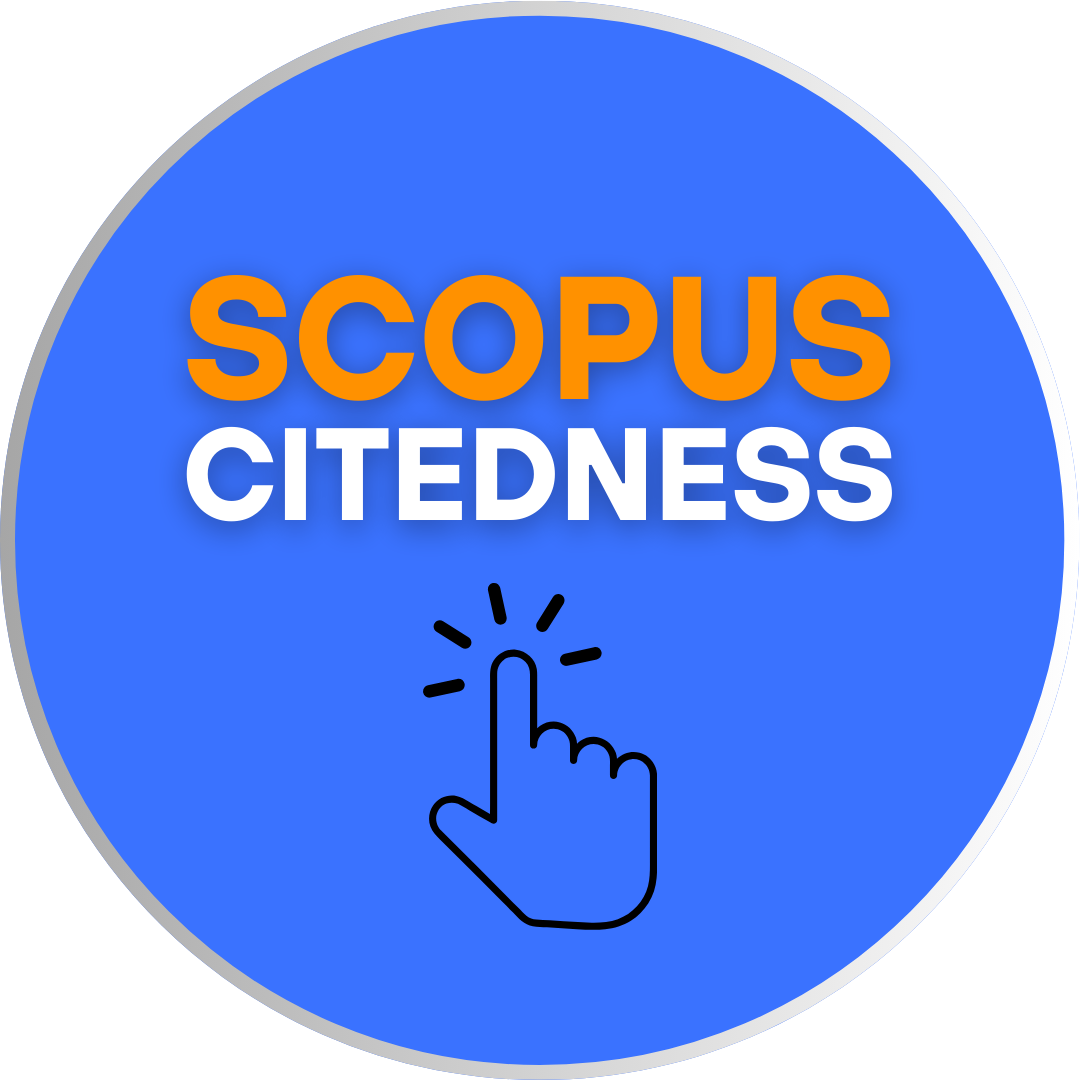HELPING YOUNG LEARNERS TO LEARN AUDIO DISCRIMINATION BY USING FLASHCARDS
DOI:
https://doi.org/10.18592/let.v5i1.1424Keywords:
EYL, Audio Discrimnation, FlashcardAbstract
The ability of young learners to grasp and to imitate what they hear is one of potential opportunities that should be taken into account by EYL teachers. They can use this advantage to facilitate them to acquire a good pronunciation since their earlier age. This article then tries to propose a classroom idea on how to help young learners learn audio discrimination by using flashcards. Audio discrimination is the ability to recognize the similarities and the differences among different sounds. This ability is very important to be developed especially for the teaching of reading since learners need to discriminate between sounds associated with different letters. Flashcards are considered as appropriate media because of its practicality to be used in the classroom and its economical reason. The detail of teaching procedure will be listed in pre-, whilst-, and post- teaching so that it is expected that this article give practical benefit to EYL teachers’ classroom practices.References
Andreassen & Smith. (2008). Phoneme Awareness. Retrieved November 24, 2012, from http://phonologicalawareness.org/6.html.
Brown, H.D. (2007). Teaching by Principles: An Interactive Approach to Language Pedagogy. San Fransisco: Longman
Cahyono, Bambang Yudi & Utami, Widiati. (2011). Teaching of English as Foreign Language in Indonesia. Malang: State University of Malang Press.
Gloud, C., Neyman, J., Weber, K.P., McLaughlin, T.F., Houghlum, R. (2013). The Effectiveness of Direct Instruction Flashcards with Guided Practice Activities to Instruct Two Elementary Students Diagnosed with Autism Spectrum Disorder and Delays in Pre-Academics and Communication. International Journal of Applied and Basic Science, Vol. 02, No. 01, pp. 11-37.
Harmer, Jeremy. (2001). The Practice of English Language Teaching, England, Pearson Education Limited.
HighRich Training Program. 2007. HighRich Learning Module. Retrieved October 1, 2012 from www.highreach.com
Klancar, Natasa Intihar. (2006). Developing Speaking Skill in the Young Learners Classroom. The Internet TESL Journal, Vol. XII, No. 11. Retrieved October 1, 2012 from http://iteslj.org/Techniques/Klancar-SpeakingSkills.html.
Kusumaningtyas, W. (2009). The Effectiveness of Using Picture Cards on the Vocabulary Mastery of the Second Grade Students of SMP Sriwedari Malang. Unpublished Thesis. Malang: State University of Malang.
Like, R. O. (2012). Young Learners’ Acquisition of English as a Second Language (Cahyono & Indah, Ed.). Malang: State University of Malang Press.
Linse, C. T. (2005). Practical English Language Teaching: Young Learners. New York: McGraw Hill.
Rachmajanti, S. (2008). The Impact of English Instruction at the Elementary Schools on the Students’ Achievement of English at Lower Secondary School. TEFLIN Journal, Vol. 19, No.2, pp. 160-185.
Rustien, (2002). Pengembangan Media Flashcards untuk Membina Kemampuan Vocabulary dalam Pembelajaran Bahasa Inggris Siswa sekolah Dasar Kelas 4. Unpublished Thesis. Malang: State University of Malang.
Suyanto, K.E. (2010). English for Young Learners. Jakarta: Bumi Aksara.
Wattiheluw, N. (2009). Teaching Phonemic Sounds of the English Alphabet (Bambang Yudi Cahyono, Ed.). Malang: State University of Malang Press.
Sources of song and downloadable flashcards:
www.teyl.com
www.teachingchildrenesl.com
www.youtube.com
Downloads
Published
How to Cite
Issue
Section
License
Authors who publish with this journal agree to the following terms:
- Authors retain copyright and grant the journal right of first publication with the work simultaneously licensed under a Creative Commons Attribution License that allows others to share the work with an acknowledgement of the work's authorship and initial publication in this journal.
- Authors are able to enter into separate, additional contractual arrangements for the non-exclusive distribution of the journal's published version of the work (e.g., post it to an institutional repository or publish it in a book), with an acknowledgement of its initial publication in this journal.
- Authors are permitted and encouraged to post their work online (e.g., in institutional repositories or on their website) prior to and during the submission process, as it can lead to productive exchanges, as well as earlier and greater citation of published work.
LET (LINGUISTICS, LITERATURE, AND LANGUAGE TEACHING) http://jurnal.uin-antasari.ac.id/index.php/let/index licensed under a Creative Commons Attribution 4.0 International License.
















